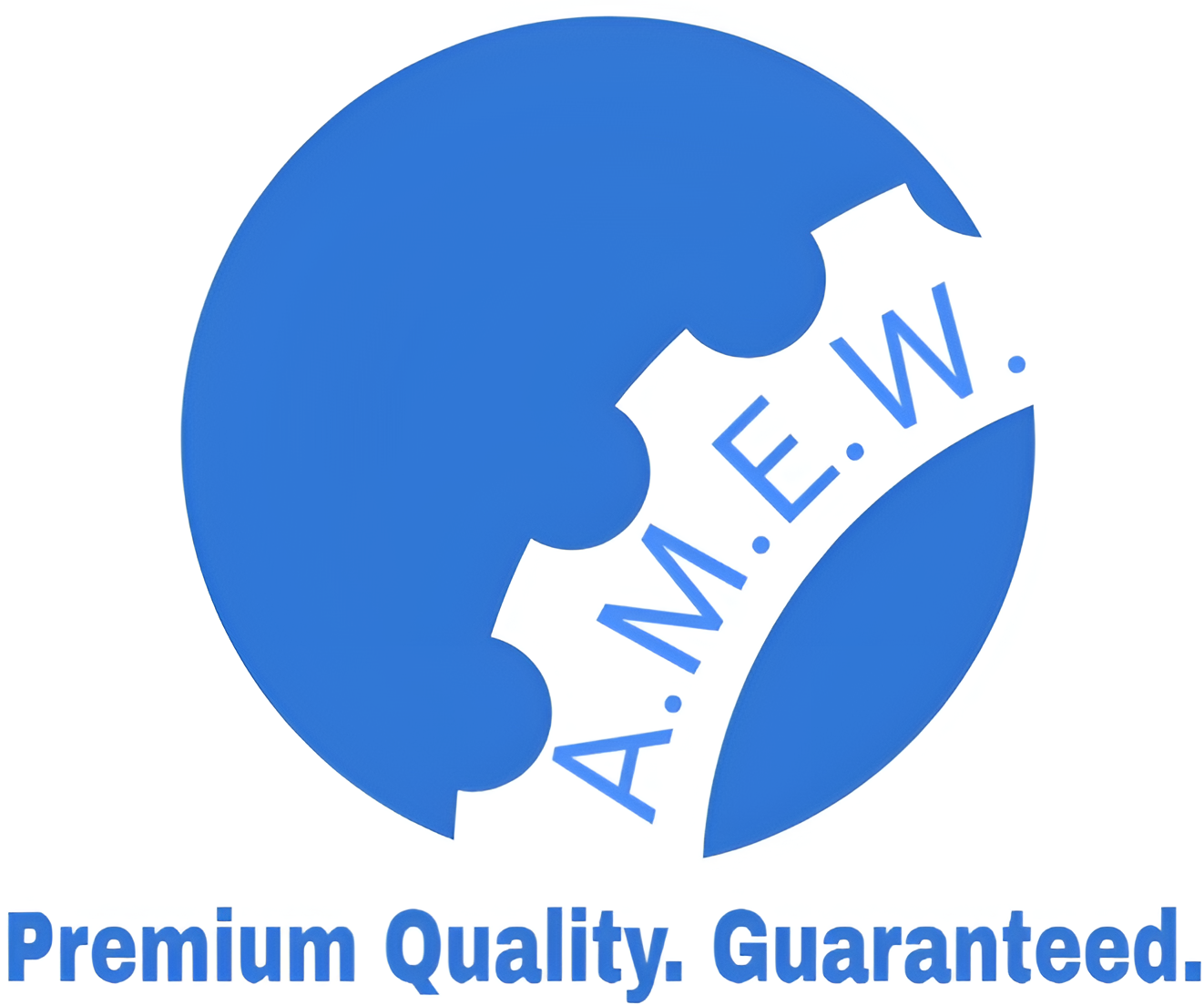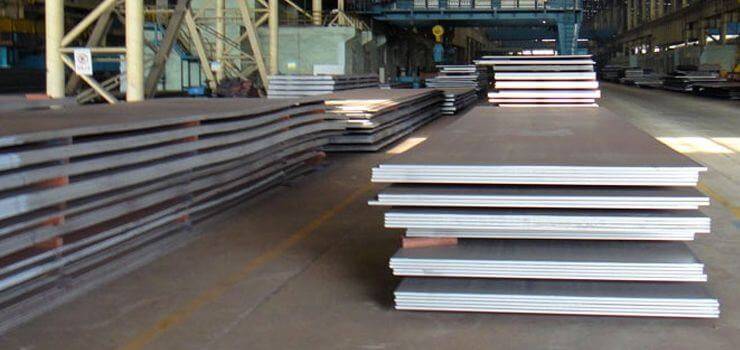Description
S690QL Steel: Overview and Applications
Table of Contents
- Introduction to S690QL Steel
- Chemical Composition
- Mechanical Properties
- Applications of S690QL Steel
- Comparison with Other Steel Grades
- Manufacturing and Fabrication
- Advantages and Disadvantages
- Conclusion
1. Introduction to S690QL Steel
S690QL is a high-strength, low-alloy structural steel specifically engineered for applications requiring superior strength-to-weight ratios. Known for its excellent weldability and bending properties, this steel grade is a popular choice among designers and engineers looking to optimize structural performance while minimizing weight. Its unique combination of high yield and tensile strength makes S690QL ideal for a wide range of demanding applications in various industries.
2. Chemical Composition
The performance characteristics of S690QL are primarily defined by its chemical composition, which typically includes the following elements:
| Element | Typical Composition |
|---|---|
| Carbon (C) | ≤ 0.20% |
| Manganese (Mn) | 1.0% – 1.5% |
| Silicon (Si) | ≤ 0.50% |
| Chromium (Cr) | 0.5% – 1.0% |
| Nickel (Ni) | 0.3% – 1.0% |
| Molybdenum (Mo) | 0.1% – 0.5% |
| Phosphorus (P) | ≤ 0.04% |
| Sulfur (S) | ≤ 0.01% |
| Iron (Fe) | Balance |
This carefully selected composition enhances the material’s strength, toughness, and weldability, making it suitable for high-performance applications.
3. Mechanical Properties
S690QL exhibits outstanding mechanical properties that contribute to its reliability in various structural applications:
| Property | Value |
|---|---|
| Yield Strength | 690 MPa |
| Tensile Strength | 770 – 900 MPa |
| Elongation (min) | 14% – 20% |
| Impact Toughness | ≥ 27 J at -20°C |
| Hardness | Typically ≤ 250 HBW |
These properties ensure that S690QL can withstand significant loads and stresses, making it suitable for both static and dynamic applications.
4. Applications of S690QL Steel
S690QL is versatile and is used in a variety of industries due to its strength and lightweight characteristics. Typical applications include:
- Offshore Structures: Ideal for constructing platforms and rigs in harsh marine environments.
- Oil & Gas: Employed in pipelines and equipment where high strength is essential.
- Energy Sector: Suitable for wind turbines and other energy-related infrastructure.
- Mining Equipment: Used in the manufacture of heavy machinery that must withstand tough conditions.
- Yellow Goods: Commonly utilized in the production of construction equipment such as excavators and loaders.
- Structural Components: Essential for beams, columns, and frameworks in construction.
- Material Handling: Utilized in the fabrication of cranes and lifting equipment.
- Sports Stadia: Ideal for constructing large, open spaces that require robust structural support.
The diverse range of applications highlights S690QL’s critical role in modern engineering and construction.
5. Comparison with Other Steel Grades
When comparing S690QL with other steel grades, its superior mechanical properties and versatility stand out:
| Steel Type | Yield Strength (MPa) | Applications |
|---|---|---|
| S690QL | 690 | Heavy construction, offshore, mining |
| S460NL | 460 | General construction and engineering |
| S355J2 | 355 | Light to moderate construction |
| S700MC | 700 | High-strength applications |
S690QL is particularly favored for its high performance in demanding environments, allowing for innovative and efficient design solutions.
6. Manufacturing and Fabrication
The manufacturing process for S690QL typically involves hot rolling, which enhances its mechanical properties while allowing for a variety of fabrication methods. Its excellent weldability enables the use of standard welding techniques, making it suitable for complex designs and large-scale projects. Proper attention to heat treatment can further optimize its performance for specific applications.
7. Advantages and Disadvantages
Advantages
- High Strength-to-Weight Ratio: Reduces the overall weight of structures without compromising safety.
- Excellent Weldability: Facilitates easy fabrication and assembly.
- Versatile Applications: Suitable for a wide range of industries and applications.
Disadvantages
- Cost: May be more expensive than lower-strength steels due to alloying elements and processing techniques.
- Weldability Challenges: Requires careful handling during welding to maintain structural integrity and avoid defects.






